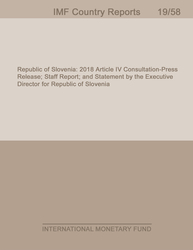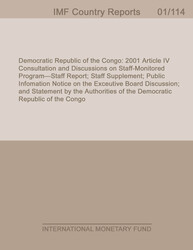
Republic of Uzbekistan: Selected Issues
Republic of Uzbekistan: Selected Issues
READ MORE...
Volume/Issue:
Volume 2025
Issue 144
Publication date: June 2025
ISBN: 9798229014939
$20.00
Add to Cart by clicking price of the language and format you'd like to purchase
Available Languages and Formats
| English | |||
| Russian |
Prices in red indicate formats that are not yet available but are forthcoming.
Topics covered in this book
This title contains information about the following subjects.
Click on a subject if you would like to see other titles with the same subjects.
Also of interest
Summary
This Selected Issues paper seeks to compare the speed and sequencing of reforms of Uzbekistan’s transition with that of other transition countries to inform its reform process going forward. The paper draws on the academic literature and transition country experiences in implementing key transition reforms to identify strengths and weaknesses that could help guide the focus of reform implementation in Uzbekistan going forward. Key areas of progress are macroeconomic stabilization, trade and exchange rate liberalization, price liberalization, and small-scale privatization where the speed and sequencing of transition reforms are similar to that of other successful transition economies. There are nevertheless challenges with the reform and privatization of large state-owned enterprises, the establishment of a competitive environment with easy market entry and exit, and the reduction and transformation of the role of the state in the economy. Reforms going forward should focus on entrenching macroeconomic stability, completing price and trade liberalization, hardening budget constraints for state-owned enterprises (SOEs) and state-owned commercial banks (SOCBs), strengthening SOE and SOCB corporate governance, accelerating SOE and SOCB privatization, and refocusing the state’s role as an enabler of an environment conducive to private sector development.
Copyright © 2010 - 2026
Powered by:
AIDC



